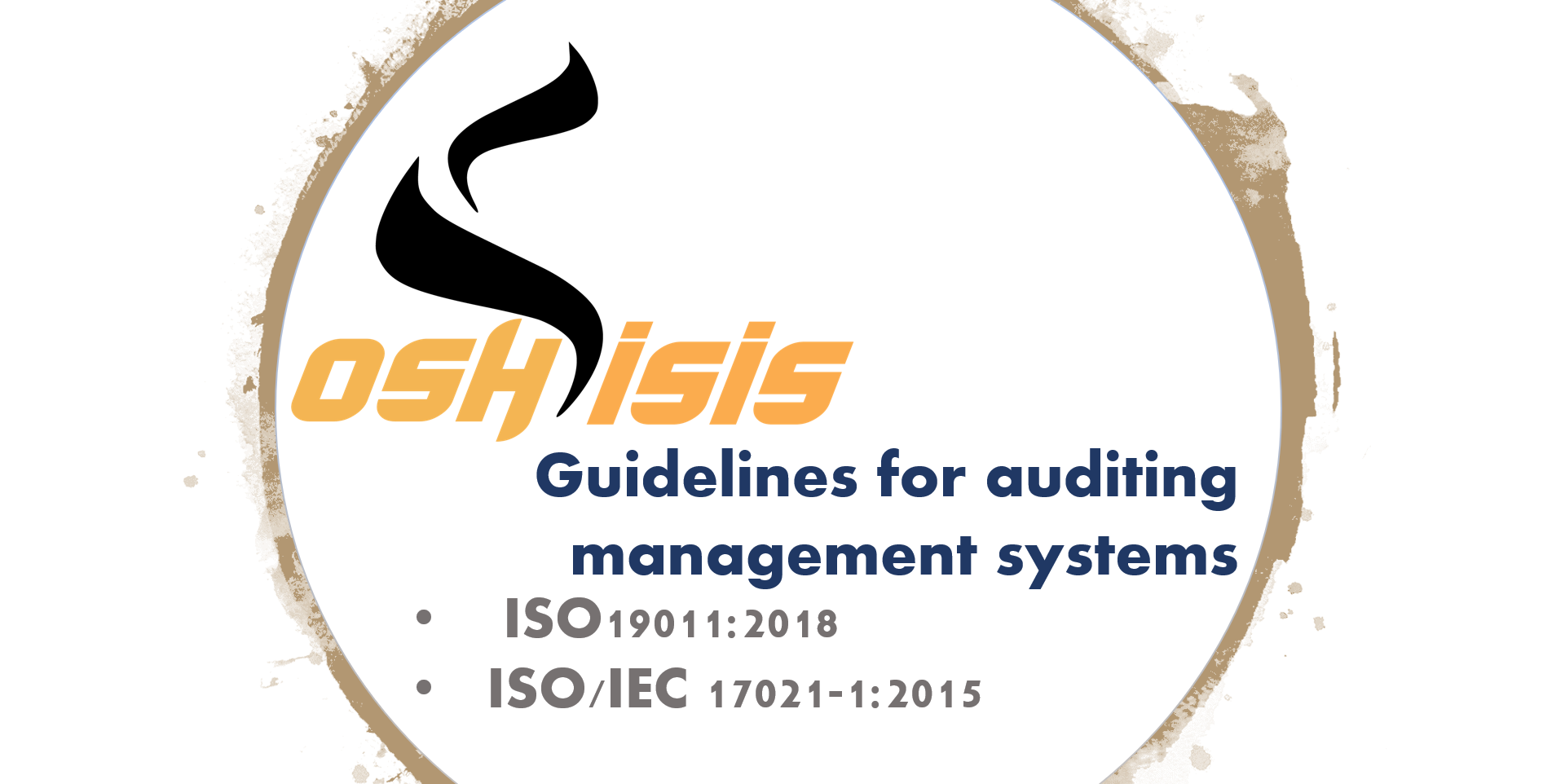
ISO 19011:2018 - Guidelines for auditing management systems
Annex A
(informative)
Additional guidance for auditors planning and conducting audits
A.18 Audit findings
A.18.1 Determining audit findings
When determining audit findings, the following should be considered:
a) follow-up of previous audit records and conclusions;
b) requirements of the audit client;
c) accuracy, sufficiency and appropriateness of objective evidence to support audit findings;
d) extent to which planned audit activities are realized and planned results achieved;
e) findings exceeding normal practice, or opportunities for improvement;
f) sample size;
g) categorization (if any) of the audit findings.
A.18.2 Recording conformities
For records of conformity, the following should be considered:
a) description of or reference to audit criteria against which conformity is shown;
b) audit evidence to support conformity and effectiveness, if applicable;
c) declaration of conformity, if applicable.
A.18.3 Recording nonconformities
For records of nonconformity, the following should be considered:
a) description of or reference to audit criteria;
b) audit evidence;
c) declaration of nonconformity;
d) related audit findings, if applicable.
A.18.4 Dealing with findings related to multiple criteria
During an audit, it is possible to identify findings related to multiple criteria. Where an auditor identifies a finding linked to one criterion on a combined audit, the auditor should consider the possible impact on the corresponding or similar criteria of the other management systems.
Depending on the arrangements with the audit client, the auditor may raise either:
a) separate findings for each criterion; or
b) a single finding, combining the references to multiple criteria.
Depending on the arrangements with the audit client, the auditor may guide the auditee on how to respond to those findings.
.
Copyright © 2021 OSH ISIS